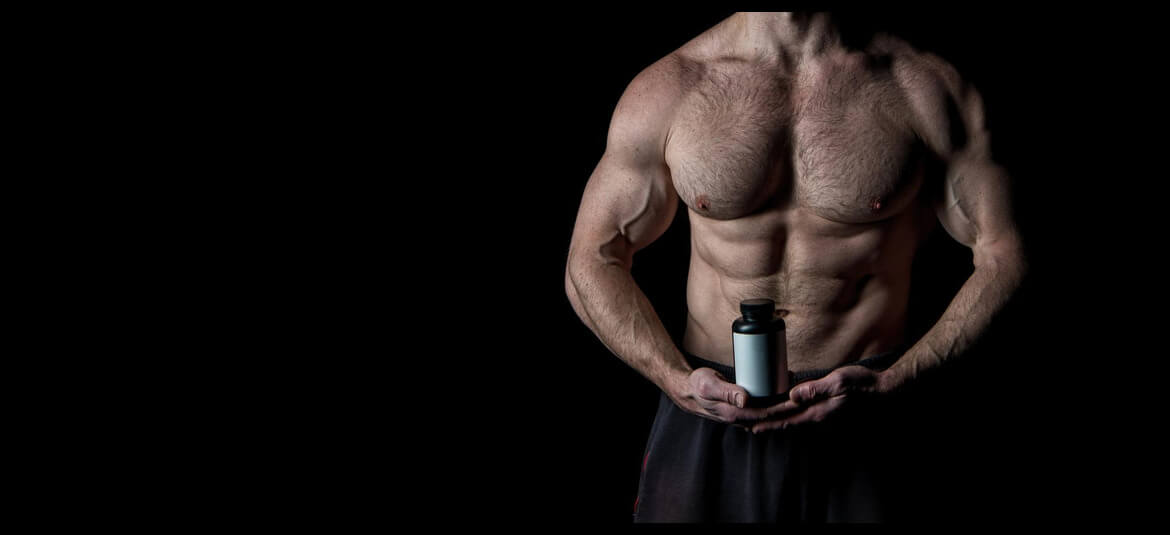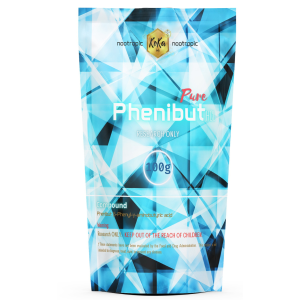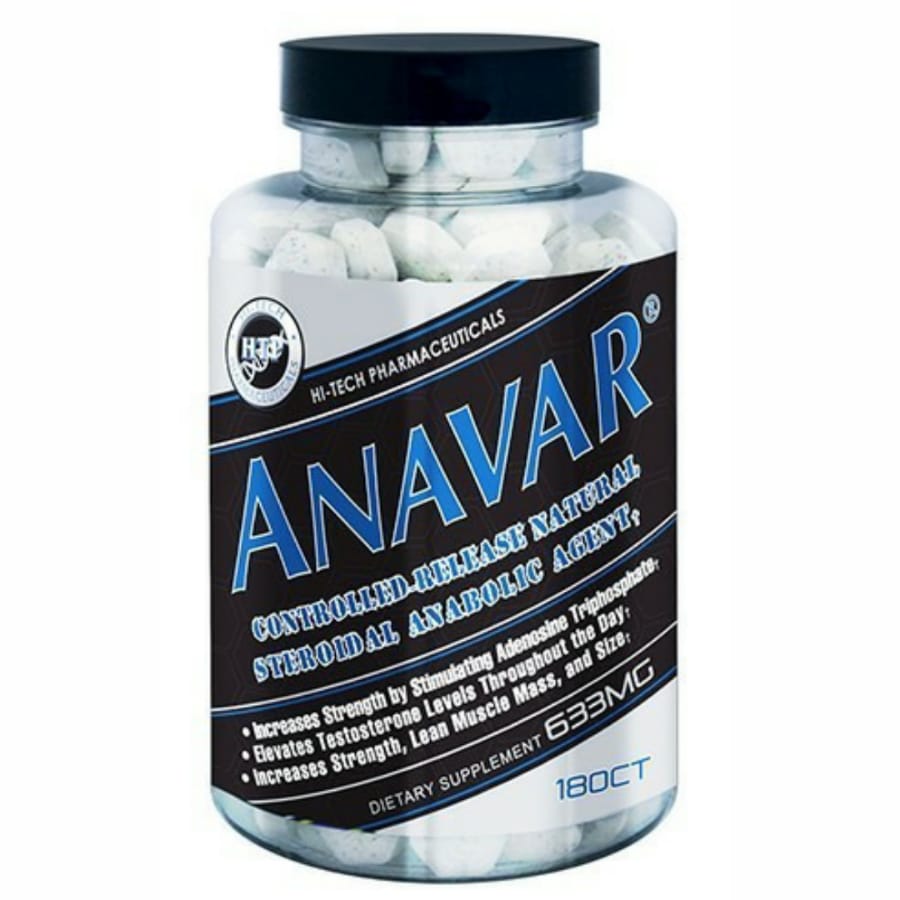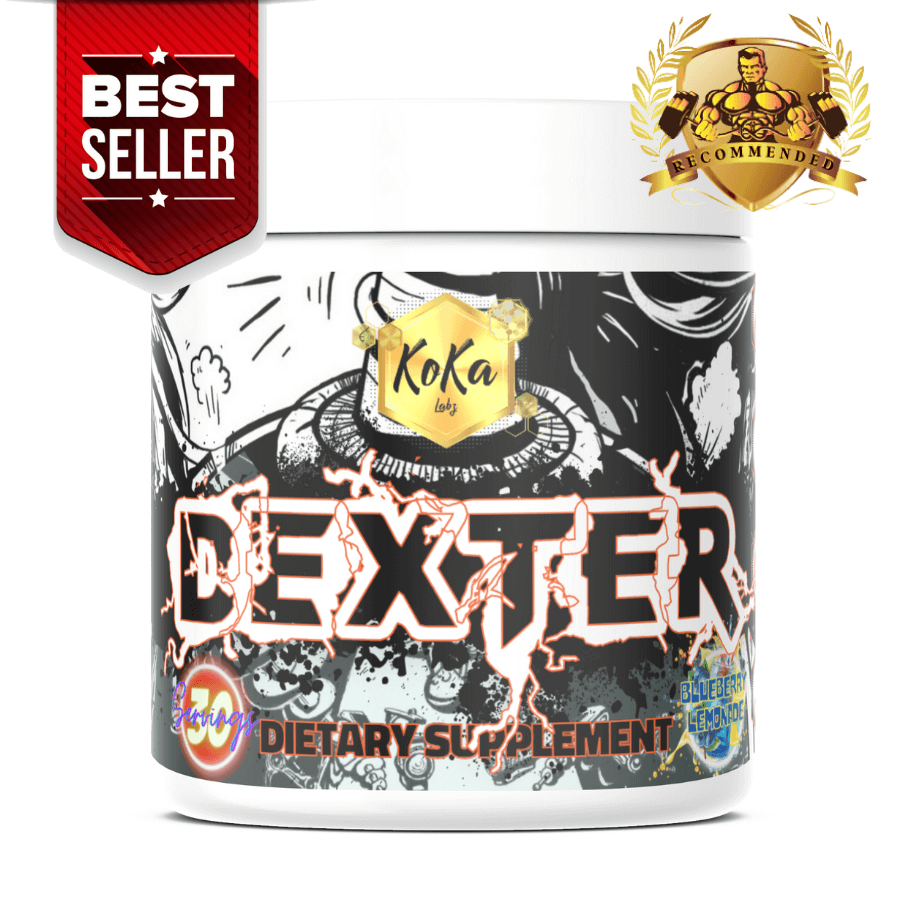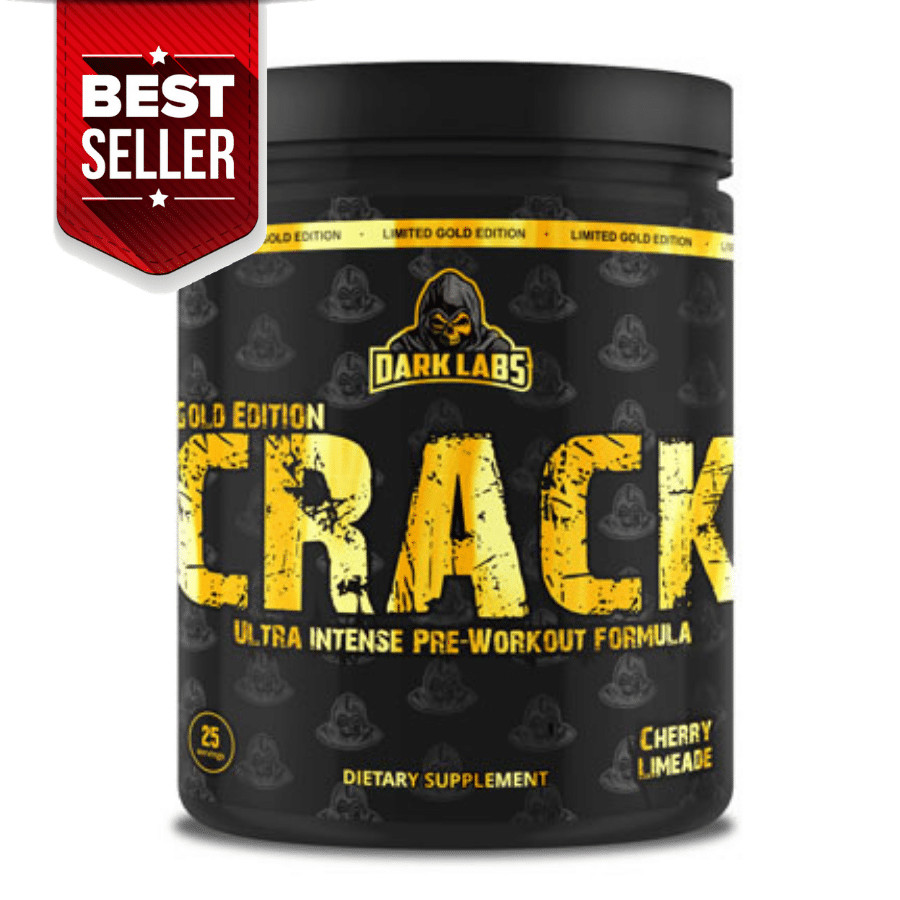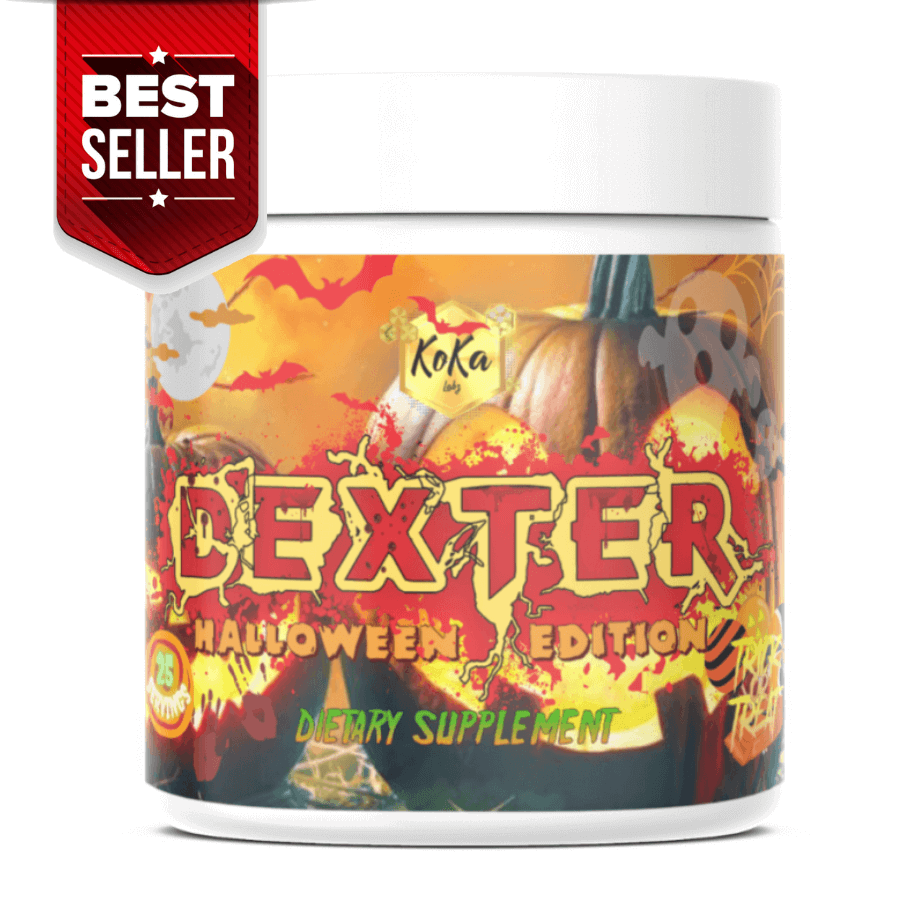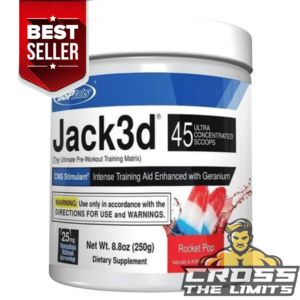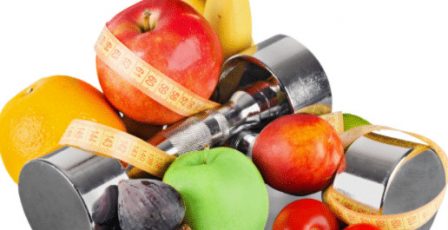
Fill your plate and grow!
 People who practice bodybuilding and bodybuilding sports particularly strive to build up muscle mass. That’s why it’s worth considering what factors promote this process. Without a doubt, the most potent stimulus for muscle development is strength (resistance) training. However, an equally important role in this process is played by a proper diet. It should meet two assumptions. The first is a high protein supply, and the second is to maintain a calorie surplus. Additional calories are necessary for the body to effectively develop muscle tissue.
People who practice bodybuilding and bodybuilding sports particularly strive to build up muscle mass. That’s why it’s worth considering what factors promote this process. Without a doubt, the most potent stimulus for muscle development is strength (resistance) training. However, an equally important role in this process is played by a proper diet. It should meet two assumptions. The first is a high protein supply, and the second is to maintain a calorie surplus. Additional calories are necessary for the body to effectively develop muscle tissue.
The effect of a calorie surplus on muscle building
Building muscle mass can be compared to building a house. The ability to perform specific construction work is essential. However, without suitable materials, it is impossible to create walls or a roof. The process of building muscles is based on a similar principle. Our body can develop them only by using energy from food. If it is lacking, the whole process will be inhibited.
In dietetics, there are several types of caloric needs. The most commonly used indicators are BMR and AMR. BMR (Basic Metabolic Rate) determines precisely how much energy our body uses to carry out basic life processes. In other words, it is the minimum calorie required for proper functioning. Whereas AMR (Active Metabolic Rate) also considers the amount of energy consumed during physical activity. Therefore, caloric values defined as AMR are higher than in the case of BMR.
Thus, AMR defines the number of calories required at a certain level of physical activity. Any value above this number will constitute a caloric surplus. It is worth remembering this because a common mistake is to calculate the caloric surplus based on BMR. Unfortunately, with such a calculation, the calories consumed will be used up during exercise. Therefore, the body will not be able to use them to rebuild muscle tissue later.
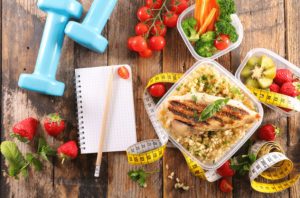 The more, the better…?
The more, the better…?
When the golden era of bodybuilding came, the rules seemed very simple. To have big muscles, you had to eat as much as possible. In fact, this belief still persists in some circles today. However, doctors and nutritionists have a completely different opinions on this subject.
Of course, no one disputes the fact that a caloric surplus is necessary. After all, the body must have the energy to rebuild damaged muscles. However, this does not mean that the size of such a surplus does not matter. On the contrary! Lack of control over the number of calories consumed may affect muscle development and the appearance of fat tissue. This, in turn, is not recommended when it comes to figuring sports.
The caloric surplus must be at a certain level. Some nutritionists suggest that adding about 300-500 calories to your AMR is entirely sufficient. However, this problem can be a bit more complex. Why? Because the recommended amount of caloric surplus depends on the level of fitness. If someone is just starting out in strength sports, their body will gradually respond to new stimuli. Therefore, in the case of beginners, the surplus may be slightly higher.
Experienced athletes, on the other hand, already have a slightly different metabolism. In their case, increasing the supply by the mentioned 500 calories may result in fat gain. However, most athletes would prefer to avoid this. Therefore, such people should use a slightly different solution to add about 5-10% of calories to their AMR balance. So if someone consumes 3000 calories, it will be an additional 150-300 calories. Such a surplus will ensure the development of muscle mass, but at the same time, will not significantly affect the formation of body fat.
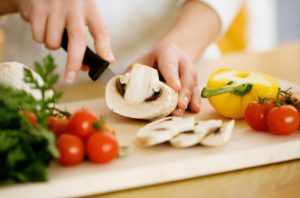 What foods are worth using to create a caloric surplus?
What foods are worth using to create a caloric surplus?
When creating a menu, it is necessary to take care of the quantity and the quality of the products consumed. Naturally, a caloric surplus can be developed in various ways. Even so-called junk food will allow you to achieve a positive energy balance. However, the overall impact of such a diet on health will already be highly damaging. So what is worth remembering?
The first important aspect will be an increased supply of complex carbohydrates. Admittedly, there are mixed opinions about carbohydrates among nutritionists. Very often, they are accused of causing fat gain. Indeed, people seeking to lose weight should limit the number of sugars consumed. However, such a recommendation does not make much sense in a diet aimed at creating a calorie surplus. Why? Because carbohydrates stimulate the production of glycogen, which is an absolutely crucial compound for the proper functioning of muscles. Its possible deficiencies can lead to muscle weakness, negatively affecting your overall strength levels during training. For this reason, you should not be afraid of an extra serving of rice or pasta in your daily menu.
 Fats are an essential part of a balanced diet, so a small surplus is advisable in their case as well. Why only a little? Because fats are the most calorific type of macronutrient. Just 1 gram of fat provides our body with as much as 9 calories. For comparison – 1 gram of protein and 1 gram of carbohydrates is equivalent to about 4 calories.
Fats are an essential part of a balanced diet, so a small surplus is advisable in their case as well. Why only a little? Because fats are the most calorific type of macronutrient. Just 1 gram of fat provides our body with as much as 9 calories. For comparison – 1 gram of protein and 1 gram of carbohydrates is equivalent to about 4 calories.
For this reason, it is essential to make sure that they do not cause too much caloric surplus. What is clear, athletes should bet only on foods rich in healthy fats. These will include fish, seafood, nuts, and olive oil.
As for protein – the matter is obvious. It is the basic building block of our muscles and, at the same time, the critical element of every athlete’s diet. Therefore, even with a calorie surplus, you should ensure a protein supply of about 1.5-2.0 grams per kilogram of body weight.
Summary
Caloric surplus and regular strength training are two essential factors for muscle mass development. Of course, it is necessary to remember that such a surplus should not be too large. Otherwise, apart from muscles also fat tissue will grow. This, in turn, is not a desirable phenomenon. Therefore, active people should aim for a caloric surplus of about 5-10% compared to the basic AMR. In the case of beginners, this surplus may be slightly higher.



